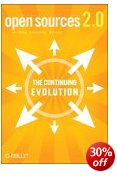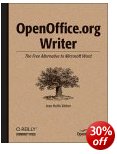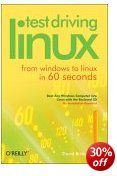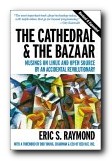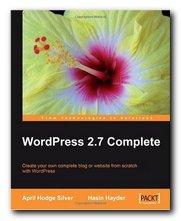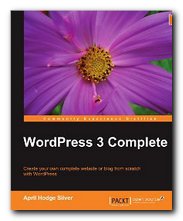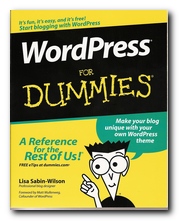policy essays by the free software movement pioneers
O’Reilly publications have decided to throw their weight behind the Open Source movement. This timely compilation of essays written by its leaders reveal why it came into being, how it works, why they think it will succeed, and where it is going – particularly in its fight against Microsoft. Open Source is a form of collaborative software development in which programmers give their time and expertise freely.
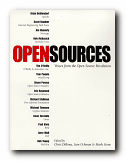 They create programs which are written and de-bugged without any concern for commercial gain. Then they give away the code for anyone to use. As you can guess, this is just about the complete antithesis of Microsoft and its business strategy, which has recently been judged as a near-monopoly unfairly exploiting its power. The competing Open Source-Microsoft philosophies are now locked in a battle for the future.
They create programs which are written and de-bugged without any concern for commercial gain. Then they give away the code for anyone to use. As you can guess, this is just about the complete antithesis of Microsoft and its business strategy, which has recently been judged as a near-monopoly unfairly exploiting its power. The competing Open Source-Microsoft philosophies are now locked in a battle for the future.
All this is all quite recent. In April 1998 O’Reilly invited software developers to the first Freeware Summit, where participants agreed to work together to increase acceptance and use of open-source software. Since then, the influence of this movement has grown steadily – especially with the increasing popularity of Linux, a very stable and efficient operating system which threatens the dominance of Windows.
One of the things I liked most about this collection is the variety of approaches the auithors adopt to their proselytizing, plus the fact that new concepts are made accessible to the non-specialist reader. Eric S. Raymond, one of the founding fathers (whose collected essays, The Cathedral and the Bazaar have just appeared) explains the origins of the movement in his ‘Brief History of Hackerdom’.
Richard Stallman writes on the history of free software and its supporters. Robert Young, the CEO of RedHat, explains how they are able to successfully market Linux, the free software [it’s because they offer a good backup service]. Bruce Perens offers a definition of Open Sources – which is more complex than you might think. The collection ends with a transcript of the 1992 Tannenbaum-Torvalds debate in which Linus Torvald defends his new Linux operating system and his concept of free software in the COMP.OS.MINIX newsgroup. It is refreshing to encounter the modesty of this pioneer and be reminded of the limits under which he was working:
‘Linux has very much been a hobby (but a serious one: the best type) for me: I get no money for it, and it’s not even part of my studies in the university. I’ve done it all on my own time, and on my own machine [a 386PC].’
So these are rather like the crusading documents of a new movement. They might sometimes read as rather idealistic, but they also contain hard-headed facts from the worlds of big business, software engineering, and even jurispudence. They see these issuess as a matter of moral, philosophical choice, even though the medium is technological. As Chris DiBona argues in his scene-setting introduction:
Industry has produced some marvellous innovations: Ethernet, the mouse, and the Graohical User Interface (GUI) all came out of Xerox PARC. But there is an ominous side to the computer industry as well. No one outside of Redmond [Microsoft headquarters] really thinks that it is a good idea for Microsoft to dictate, to the extent that they do, what a computer desktop should look like or have on it.
© Roy Johnson 2005
Chris DiBona et al, Open Sources: Voices from the Open Source Revolution, Sebastapol, CA: O’Reilly, pp.272, ISBN: 15659258237
More on eCommerce
More on media
More on publishing
More on technology
